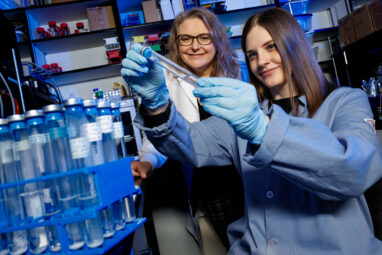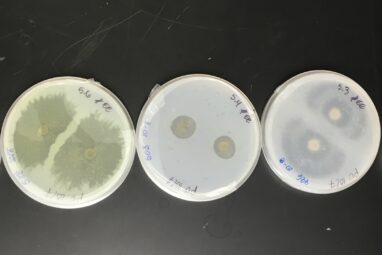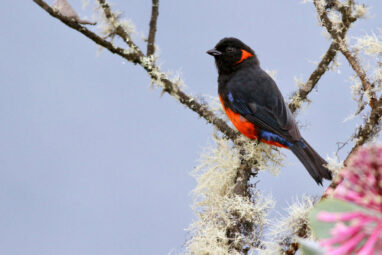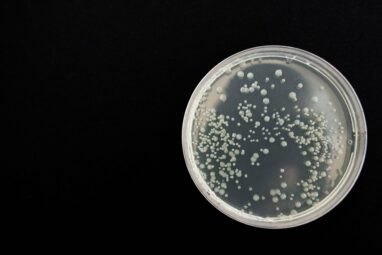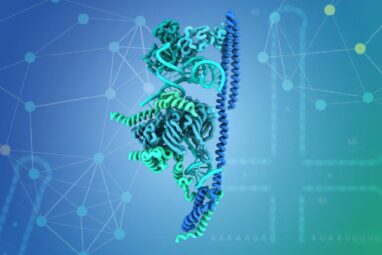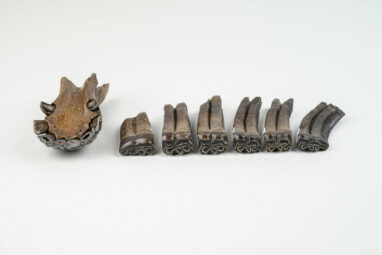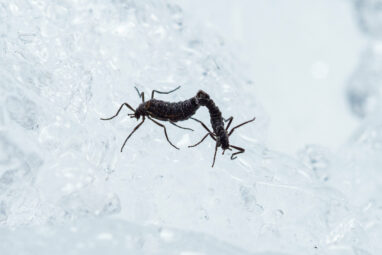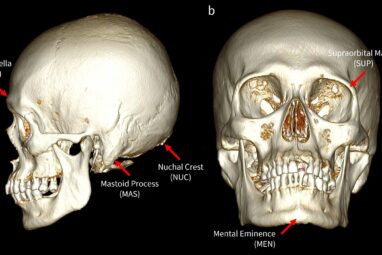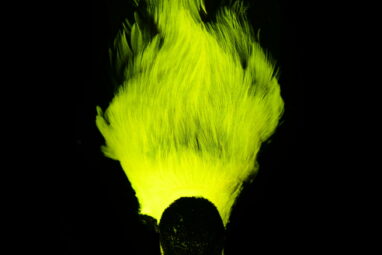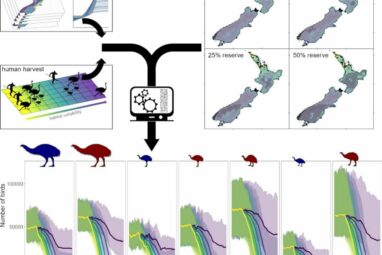Cocoa (Theobroma cacao L.) is a vital cash-crop for four to six million small-holder farmers across the tropics, and supports...
A University of Nebraska-Lincoln research team has identified new microscopic players in the global carbon cycle, a discovery that paints...
Plastic is the most prevalent marine pollutant, and plastic surfaces are the fastest growing habitat in the ocean. Researchers at...
Biodiversity loss has accelerated at an alarming rate in recent decades, driven largely by human activities such as clearing forests...
Darwin’s theory of natural selection provides an explanation for why organisms develop traits that help them survive and reproduce. Because...
In human cells, only a small proportion of the information written in genes is used to produce proteins. How does...
Just like ChatGPT and other generative language models train on human texts to create grammatically correct sentences, a new modeling...
About half a million years ago, several horses, sloths and armadillos fell into a sinkhole in Florida’s Big Bend region...
Picture an Antarctic animal and most people think of penguins, but there is a flightless midge, the only known insect...
CSIRO, Australia’s national science agency, has developed an advanced artificial intelligence (AI) tool for assisting in the estimation of biological...
New research by scientists at the American Museum of Natural History and the University of Nebraska-Lincoln reports, for the first...
New research has identified the extent to which human colonization and hunting contributed to the extinction of New Zealand’s giant...

